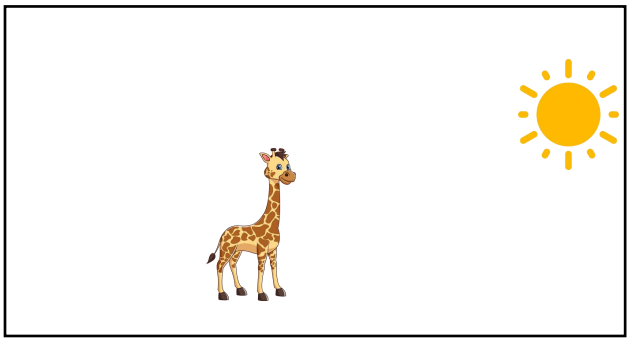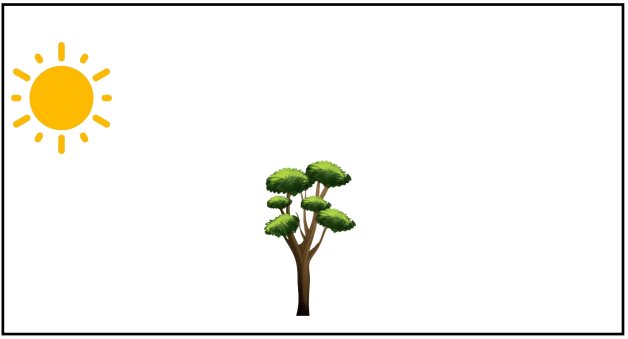Worksheet: Shadows | Aptitude Explorer with Worksheets - Class 5 PDF Download
Section A: Multiple Choice Questions (MCQs)
Q1: Shadows are formed when:
(a) Light is blocked by an object
(b) Objects are transparent
(c) Objects are made of metal
(d) There is no sunlight
Q2: The size of a shadow depends on:
(a) The distance between the object and the light source
(b) The color of the object
(c) The shape of the object
(d) The height of the object
Q3: Which of the following objects will cast the largest shadow?
(a) A small ball
(b) A tall tree
(c) A flat book
(d) A round pencil
Q4: When the sun is low in the sky, shadows are:
(a) Shorter
(b) Longer
(c) The same length
(d) Nonexistent
Q5: An opaque object is one that:
(a) Allows light to pass through
(b) Blocks light completely
(c) Reflects light
(d) Bends light
Section B: Short Questions
Q1: Explain how shadows are formed.
Q2: Why do shadows change their length throughout the day?
Q3: Can a transparent object cast a shadow? Give a reason for your answer.
Q4: How does the shape of an object affect the shape of its shadow?
Q5: What happens to the size of a shadow when the object is moved closer to the light source?
Section C: Long Question
Q1: Imagine you are standing in front of a wall. Draw a diagram showing the position of yourself, the wall, and your shadow when the sun is directly above you. Label the diagram and explain why the shadow appears directly below you.
Q2: Draw the object’s shadow.

You can access the solutions to this worksheet here.
|
10 videos|45 docs|3 tests
|
FAQs on Worksheet: Shadows - Aptitude Explorer with Worksheets - Class 5
| 1. What are shadows and how do they form? |  |
| 2. What factors affect the size and shape of a shadow? |  |
| 3. How do shadows change throughout the day? |  |
| 4. Can shadows be used to tell time? |  |
| 5. What are some practical applications of shadows in daily life? |  |




















